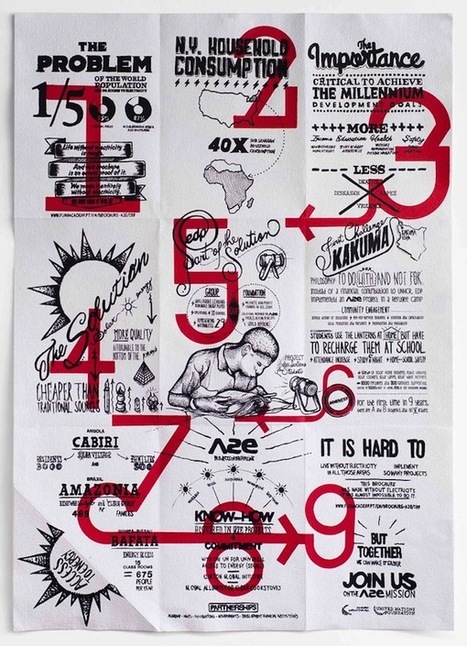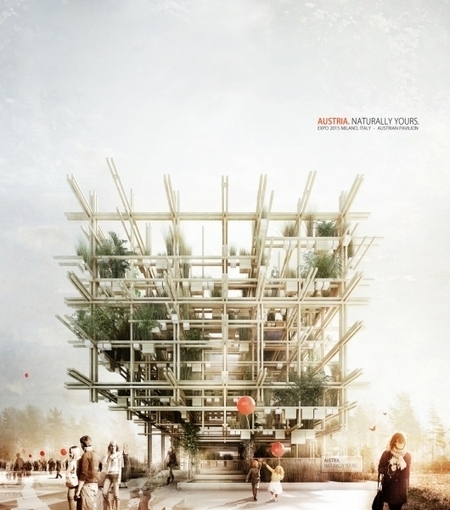Placing environmental factors at the heart of procurement strategies is “vital” for companies to remain relevant, according to CDP.
CDP, which helps companies disclose environmental impacts, said businesses must focus on supply chains after research found almost 17,000 firms worldwide (worth $21tn) failed to disclose data.
Sonya Bhonsle, global head of value chains & regional director of corporations told Supply Management: “Addressing environmental impact through supply chain engagement is vital for companies to remain competitive and resilient in the face of a changing planet, society and economy.
“With supply chain emissions being 11.4 times higher than operational emissions, it is clear that managing the direct environmental impact of a company’s operations is no longer enough. Businesses must put the spotlight on – and engage – their supply chains.
Via EcoVadis



 Your new post is loading...
Your new post is loading...













